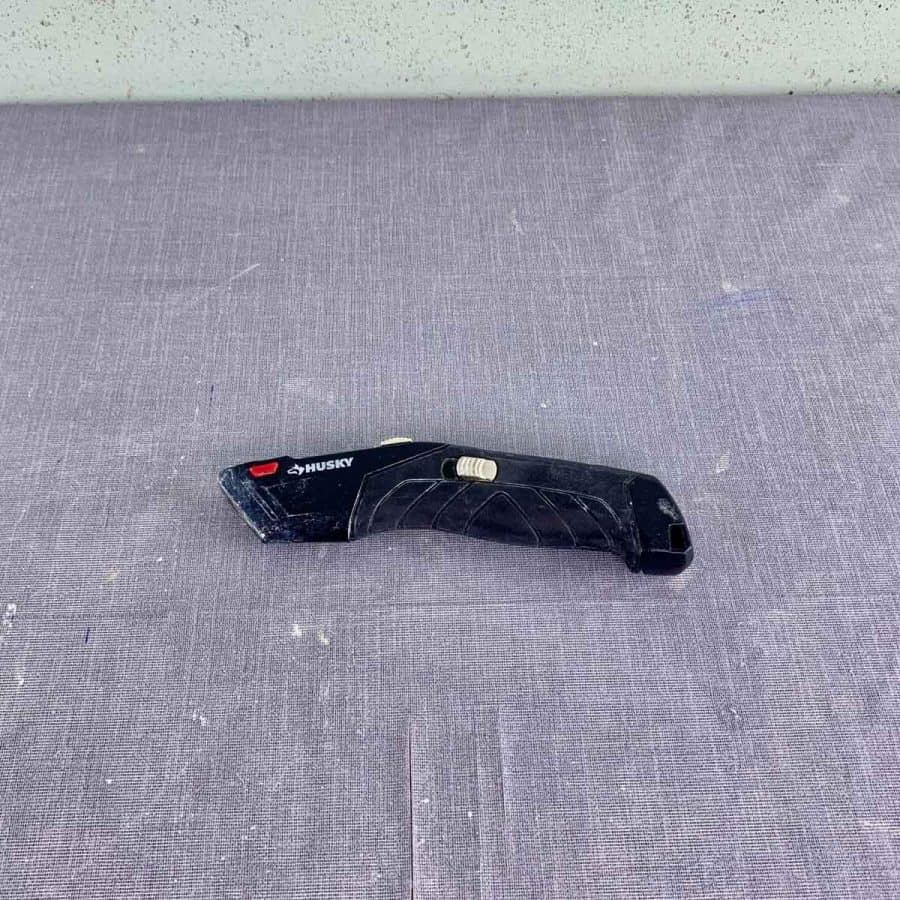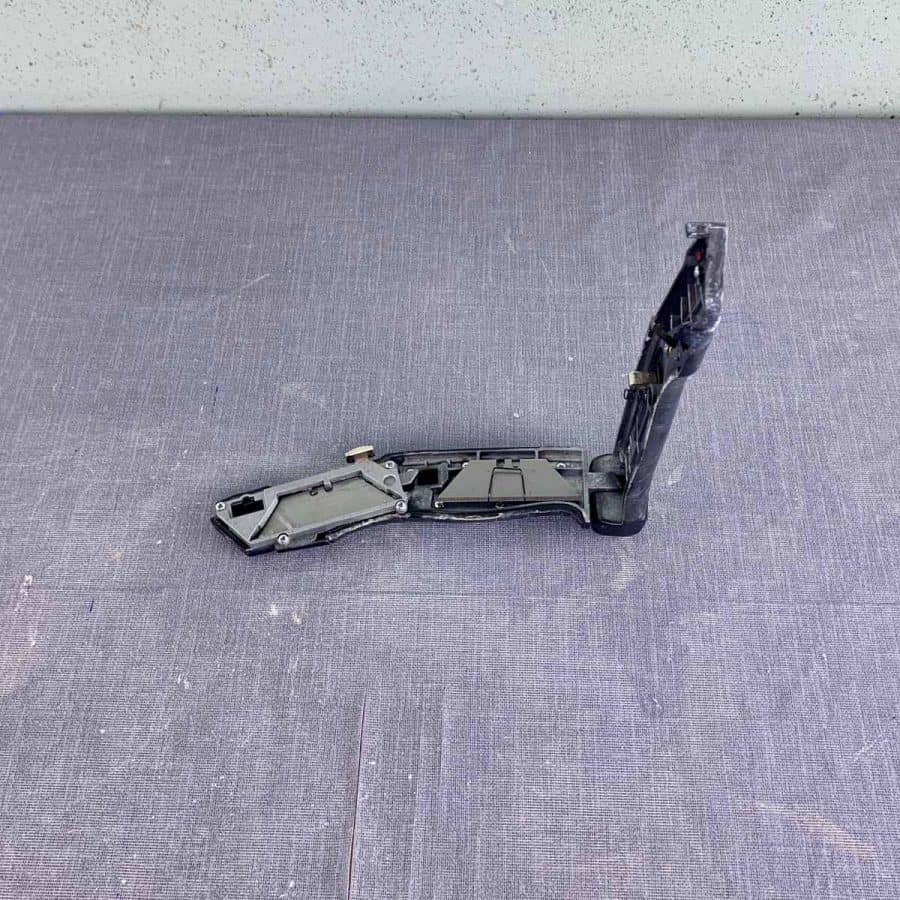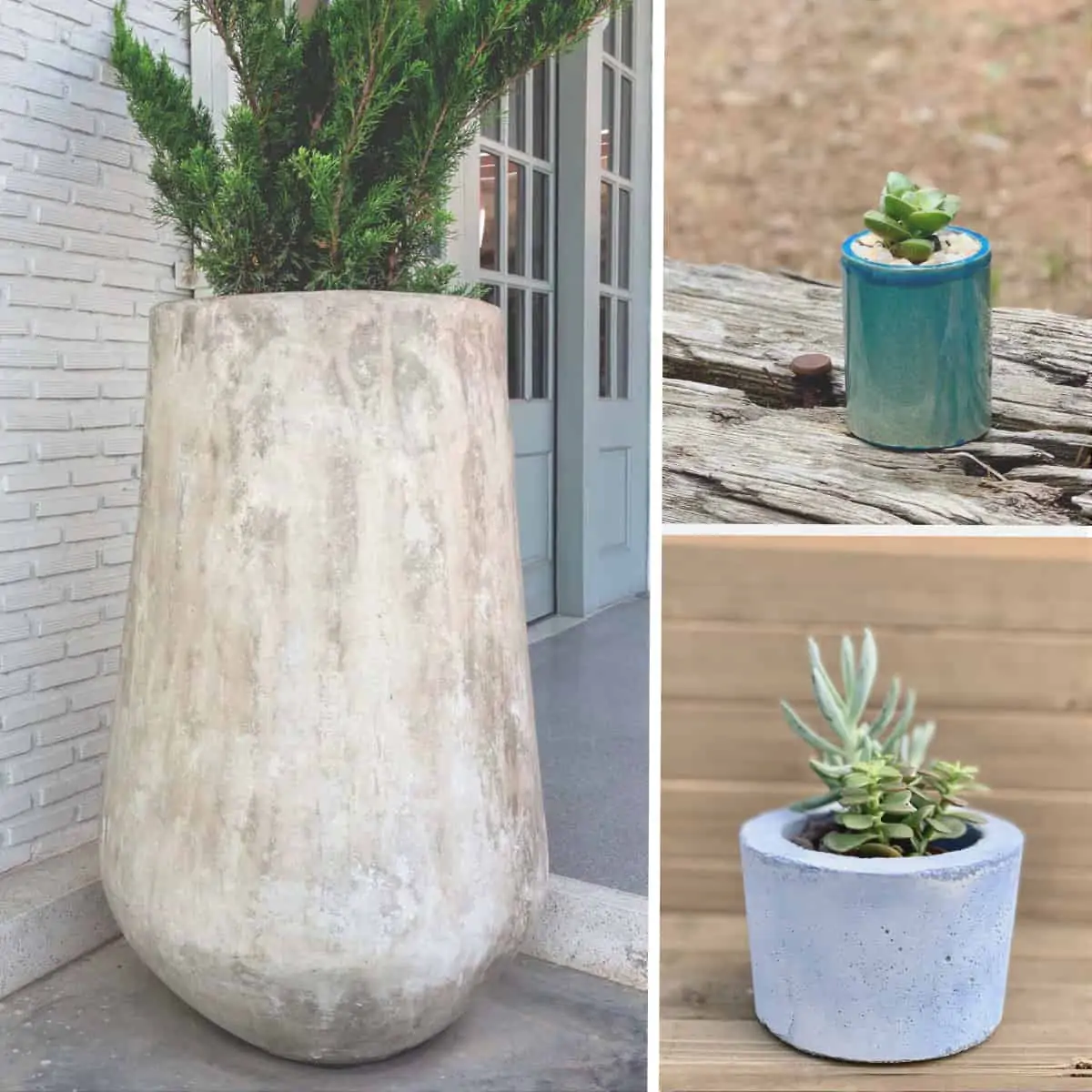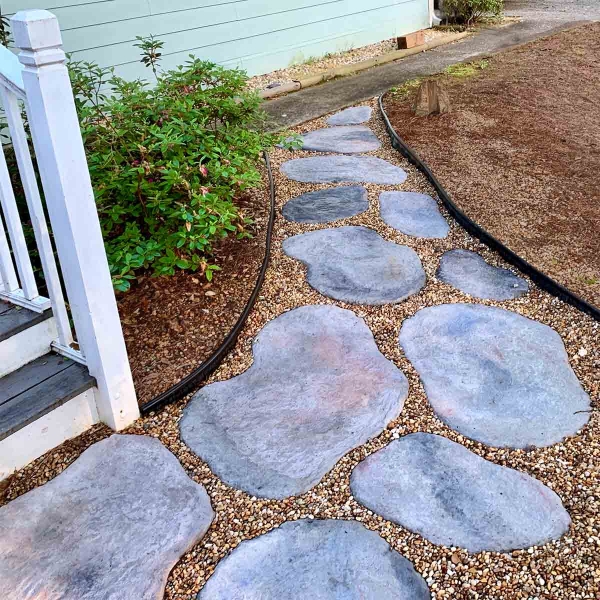Essential Supplies for Concrete Crafts
Many supplies are essential for making concrete crafts. These are the items you’ll need and why they’re important to have.
There are important basic supplies for making concrete crafts. Many of these concrete supplies are items that you’ll use for almost every project.
It’s hard to know which supplies are important, especially when you are just getting started. So I’ve compiled a list of the materials you’ll use on a day to day basis.
I’ve also created a separate list for the concrete tools and materials that you’ll use quite often, but not necessarily every day.

Materials Needed For Cement and Concrete Crafts
These supplies for concrete crafts are the ones that I keep in my immediate workspace since I use them for all of my concrete projects.

Some of the links on this page have been provided as a convenience for finding materials. These links may also be affiliate links. As an Amazon Associate I earn from qualifying purchases, at no extra cost to you.
I only recommend products I’ve used and loved, unless otherwise stated. Click here to read my full disclosure policy.
If you are just getting started, you may want to check out these 10 best concrete crafts projects that are perfect for beginners.
Disposable mixing bowl
These cheap dollar store bowls are the perfect size for most craft projects.
They are flexible, and quite durable as you can get multiple uses before having to dispose of them.
There are two different tricks you can use to make these reusable, such as wiping them out with dry paper towels.
After wiping them out, either give them another wipe down with a wet paper towel or quick rinse with the garden hose.
You can also let the concrete dry and then bend the flexible plastic bowl so that the concrete cracks off.
Very durable latex/nitrile gloves
I mix most of my projects by hand so purchasing good durable gloves that also have good cost value was important.
It took several tries to find the right gloves for mixing concrete until I found these.
The reason I love using these gloves is because they can be worn multiple times before they begin to tear.
I will just dip my hands in a bucket of water, remove them and hang them to dry.
The other gloves I had tried would tear during the first use, in the middle of mixing.
Even when they do tear, the tear is usually quite small and the concrete doesn’t get on my skin.
I will know they’ve torn because water will get inside after I’ve dipped my hands in the bucket of water.
Plastic cups
I like using these thick drinking cups for scooping cement because they don’t crack when scooping.
ou can get about 2 ½ cups of cement in them if you fill them to the top. These can be found at Dollar Tree or Amazon.
Disposable plastic liquid measuring cup
I don’t actually measure the water very often, but occasionally I have a project that requires it.
I like using these because they pour nicely due to having a handle and spout.
The handle is especially handy when you have gloves on and they are all gobbed up with cement.
This can be found at Dollar Tree or Amazon.
In the beginning, I used regular disposable drinking cups, but they would eventually crack and are more difficult to handle.
Plastic Bag
Silly as it sounds, these are incredibly useful in concrete projects. Cement is messy and pieces slub off everywhere.
You also end up with excess cement that if you don’t have a place to use it, then the plastic bag is perfect.
I always have one set up in my immediate concrete working space.
You also tend to go through a fair amount of paper towels, and again, the plastic bag – at your service.
If you can get this in your local area, then grab yourself a box of this. This cement mix is my favorite supply for concrete crafts.
You can find it at most home improvement big box stores in the US and Canada.
This cement is a little pricier than many cement and concrete types, but you’ll get 27 ½ cups worth from it and it’s manageable to lug around at 25 lbs.
I think it’s worth a little extra money because it’s not a fussy mix and rarely cracks. This is one of the smoothest mixes out there.
Cement All is an off-white color, but if you prefer grey concrete, you can add a little charcoal colorant.
You can get the charcoal colorant also at a big box home improvement store and it’s pretty cheap.
If you live outside of North America, then you should be able to find comparable mixes to the Cement All in your area.
Be on the look-out for anything product stating it is cement and that it is either quick setting, fast setting, or rapid setting.
Usually, mortar mixes are similar in texture.
Just be sure to check the box for the minimum and maximum thickness that the concrete can be.
Cement and mortar mixes are usually smoother than a mix that is marked as concrete.

It’s important to protect your eyes from cement and concrete dust.
These safety glasses are nice and cushy and the gasket will prevent the fine dust from getting in.
Silica is inside of cement and concrete mixes. The silica is released when pouring and mixing concrete, as well as when sanding.
Silica is harmful and may cause cancer with long-term exposure. This dust mask is a respirator and rated for filtering out regular concrete dust and silica.
Tools Needed For Concrete Crafts
These first four tools are what you’ll use for demolding concrete and are kept close to my immediate workspace.
Since many of these tools get used repeatedly, they may be worth considering investing in.

Looking for a time saver? This supply for concrete crafts will shorten the amount time it takes for you to demold concrete from plastic.
Sure, you can get away without having one, but you’re going to lose a lot of time with some projects trying to get them out of the mold.
I’ve certainly strained a few muscles working without a heat gun.
Now, a heat gun isn’t going to be the perfect solution all the time and there are some projects it won’t help with. But, it will help with most.
I didn’t purchase a heat gun until about a year ago. I spent the first couple of years demolding concrete without it.
When I finally got one, I realized I had been suffering needlessly.
A heat tool has its pros and cons. It is great for burning through plastic, like when you are using a mold that has plastic that isn’t very flexible and is thick.
However, it can also leave a burn mark if you aren’t careful.
Heat tools usually come with different heads, some are like X-acto knife blades, some are rounded.
The blades will get the job done more quickly, but you’ll need to take care to not accidentally make a slice mark on the concrete.

You’ve really got to have some sort of utility knife when working on DIY concrete projects. There’s rarely a project that I don’t use this on.
I kinda fell in love with this particular utility knife because it takes about 10 seconds to change the blade. You don’t even need a screwdriver for blade replacement.
You just push a button on the side and the knife opens up to expose fresh blades that are stored inside.

Grab a blade, close the knife, push another button and you can pull out the old blade and insert the fresh one.
Take precaution when using a utility knife, they can be dangerous. Always be sure to cut away from your body and fingers.
Needle-nose pliers are another must-have. My fingers just aren’t strong enough, or thin enough to get down inside those molds and give them a solid pull.
These babies are worth every penny. I don’t own this particular pair, but I wanted to give you the link so you can see what I’m referencing.
To learn all about handling concrete safely, you can read Safety Concerns With Concrete For Crafts.
Helpful Power Tools For Making Concrete Molds
These power tools are used in the making of molds for concrete crafts.
I have used each of these tools on various projects, although less often than each of the materials discussed above.
If you are making large concrete crafts like large planter boxes, then you may want to consider investing in these tools.
Track Saw or Table Saw– these power saws are great for making long, straight cuts across boards. I have the track saw and it needs a circular saw to work.
You would use these for making melamine forms. Typically these boards will be the base of the mold and sometimes the sides.
Miter Saw– for chopping across short boards. This is good for making sides of wood forms or PVC pipe forms.
Diamond Drill Bits– Diamond bits will make the job of drilling concrete planter holes, much easier than other bits, including masonry bits.

Power Drill– Often used for securing wood forms, or for drilling drainage holes in planters.
Power Caulk Gun– Having a power caulk gun has made applying caulk to larger pieces much easier.
Brad Nailer– Use a brad nail gun for nailing wood forms together.
Generic Common Materials For Making Crafts With Concrete
Here are other supplies for making concrete crafts that are great to have on hand. I use these items in most of the tutorials you’ll see on this site.


Acetate sheets– for lining concrete molds that need smooth sides
Hot glue sticks and a glue gun– for securing concrete molds together
T-square- cutting materials for cement molds
Cork backed ruler-measuring molds
Small level– making sure your cement mold is level
Permanent marker- marking measurement locations
Concrete pigments– adding color to your concrete crafts
Sealers– sealing cement and concrete
Paper towels or rags- dealing with cement messes and clean-up
Corrugated plastic– making molds
100% Silicone caulk- securing molds together
Melamine wood boards- making molds
Squaring tool- ensuring a mold is square and plumb
Sandpaper- #80 grit and #220 grit
Diamond sanding pads- Specifically made for sanding concrete- they’ll get the job done quicker than regular sandpaper- #60 and 200 grit
Sand- weighing down molds or for mixing in with a portland cement
Drinking straws- for creating a mold for planter drainage holes
Bucket of water- for quickly dipping your gloved hands into and also for quick rinsing of your tools
If you haven’t seen them yet, I have a whole series of in-depth articles about making concrete crafts.
-Start with Making Cement Crafts- Techniques and Tips, and then check out Concrete and Cement Crafts Mixes and Sealers- Tested!
-Pigment Information: How To Color Concrete Crafts
-Choosing & Making Molds: The Best Molds For Concrete Crafts.
Don’t forget to Pin it for later!

Don’t forget to Pin it for later!







